Deception Island
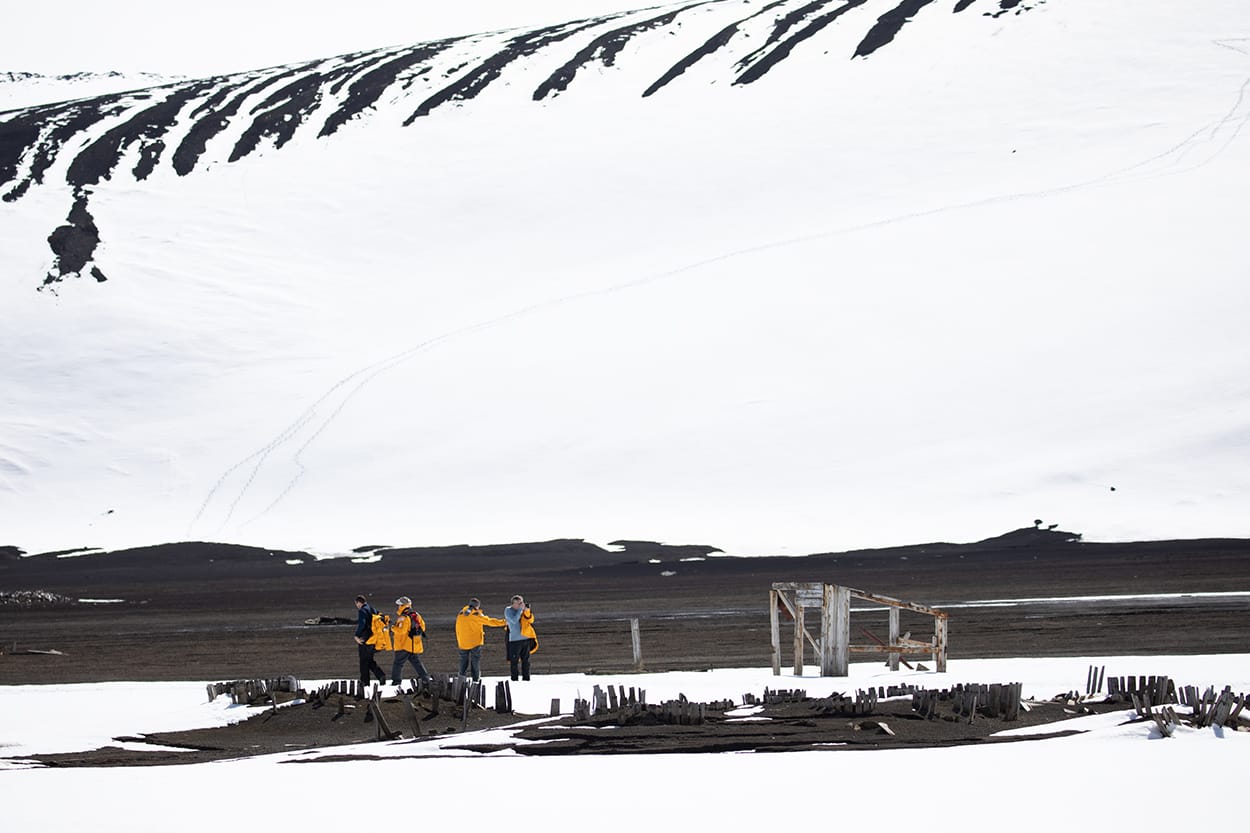
Sailing into an active volcano is a rare feat for even the most intrepid of travellers. Let alone doing so in Antarctica! Located just south of the Shetland Island, Deception Island is a caldera with an opening just wide enough for the most adventurous of ships to enter. And the rewards for doing so are immense. After sailing past Neptune’s window, a short zodiac cruise has you wading through warm water onto steamy, black beaches contrasted with often fresh dumps of snow. Take all of that and add towering, rusty structures of a dilapidated whaling station and the graves of the men who operated it and you have a rugged and remote landscape unique to the Antarctic and brimming with mystery and drama.
Errera Channel
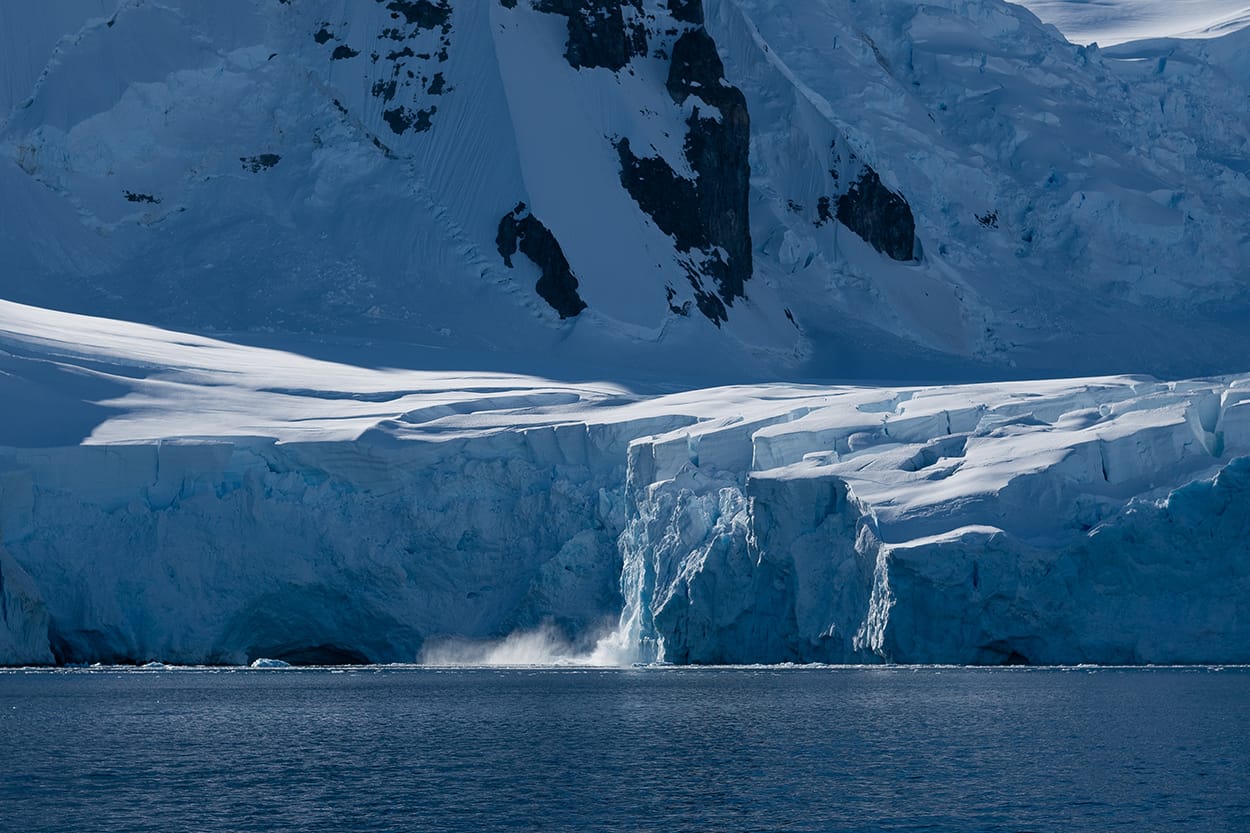
With One Harbour at its north and Danco Island at its south, the Errera Channel is a crystal clear, flowing body of water often populated by lazy humpback whales floating down the channel and occasionally lunging for krill. On either side, the channel is flaked by sheer glacial faces often calving icebergs into the bays below. On particularly sunny days, the light in the Errera Channel is unbeatable – as sunlight pours over the mountaintops and highlights the exhalations from whales against the dramatic blues of ice.
Detaille Island
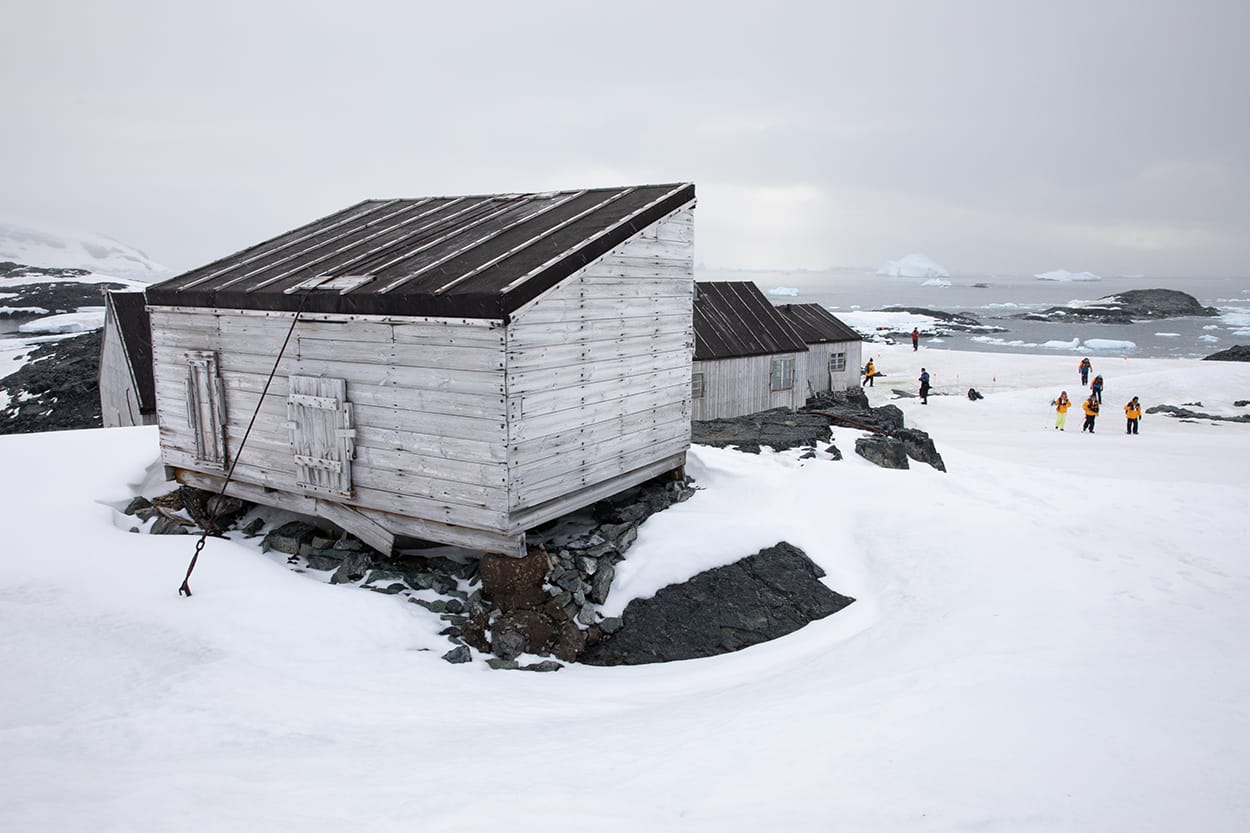
From 1956 to 59, Detaille Island (or “Base W”) was a remote outpost of the British Antarctic Survey. Since its abandonment by the BAS, the site has become a point of pilgrimage for Antarctic history buffs and photographers alike as the decaying buildings are slowly subsumed by the surrounding ice and snow. But like any photographic treasure, access to Detaille is not always easy and the reward often does not come without risk. Detaille’s southern location and exposure make it particularly susceptible to storms and rapidly moving ice-floes.
Red Rock Ridge
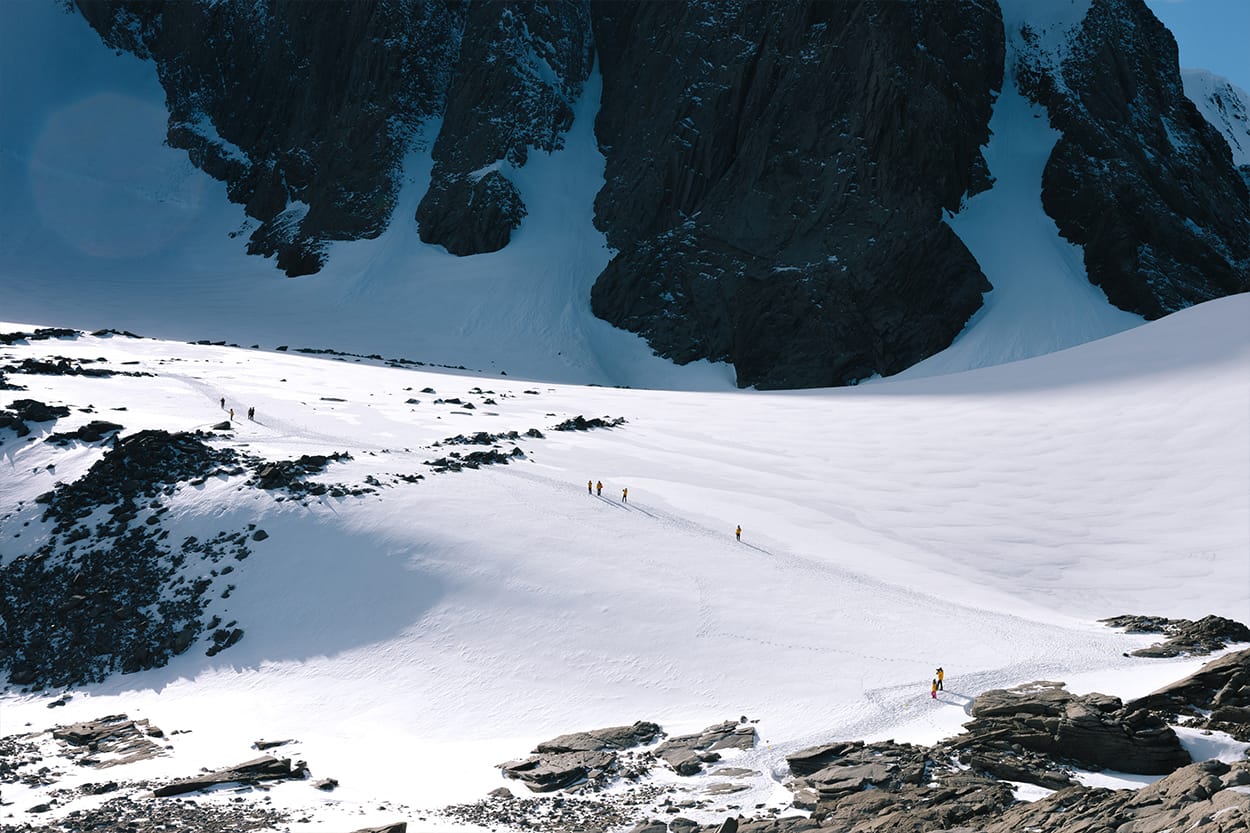
Even further south than Detaille Island, Red Rock Ridge lies below the Antarctic Circle and was named for the colour of its conspicuous mineral deposits. Landing by zodiac on the site’s northern shore, visiting photographers are greeted at once by the towering peaks that surround the site. For the more adventurous, a hike to a viewing point at the base of the mountain gives stellar views of the surrounding bays and tabular icebergs that have floated all the way from the Ross Ice Shelf.
Portal Point
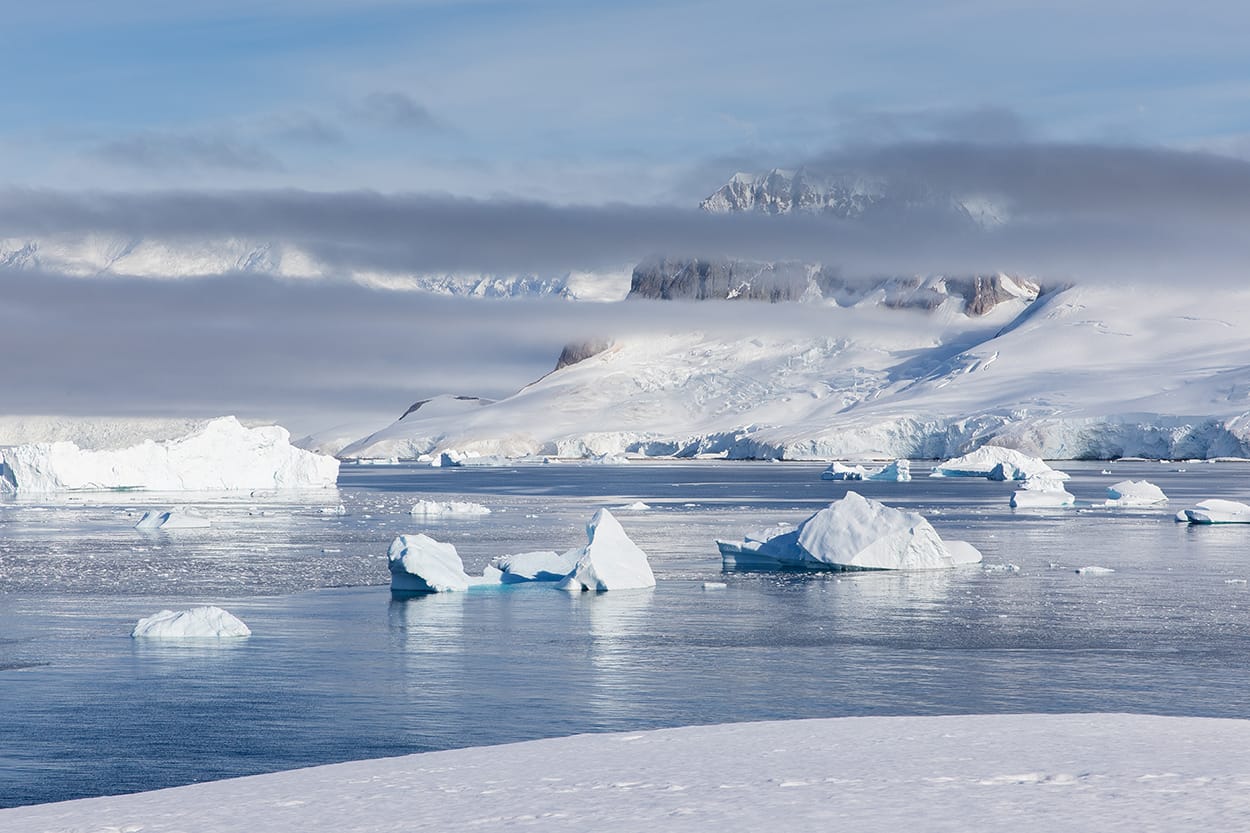
Early expeditions to the Antarctic Peninsula for many years looked for a safe passage overland between the eastern and western sides. One party in particular were convinced of the existence of a route from this point to the safety of shores in the Weddel Sea and hence it became known as the “portal” to the east. Now, Portal Point is a popular location for visitors seeking a “pristine” first experience of the Antarctic as this location is known for waist deep snow and panoramic views. To the location’s south, the bay is known for its frequent calving activity that keeps the surrounding body of water littered with large and spectacular icebergs.
Lemaire Channel
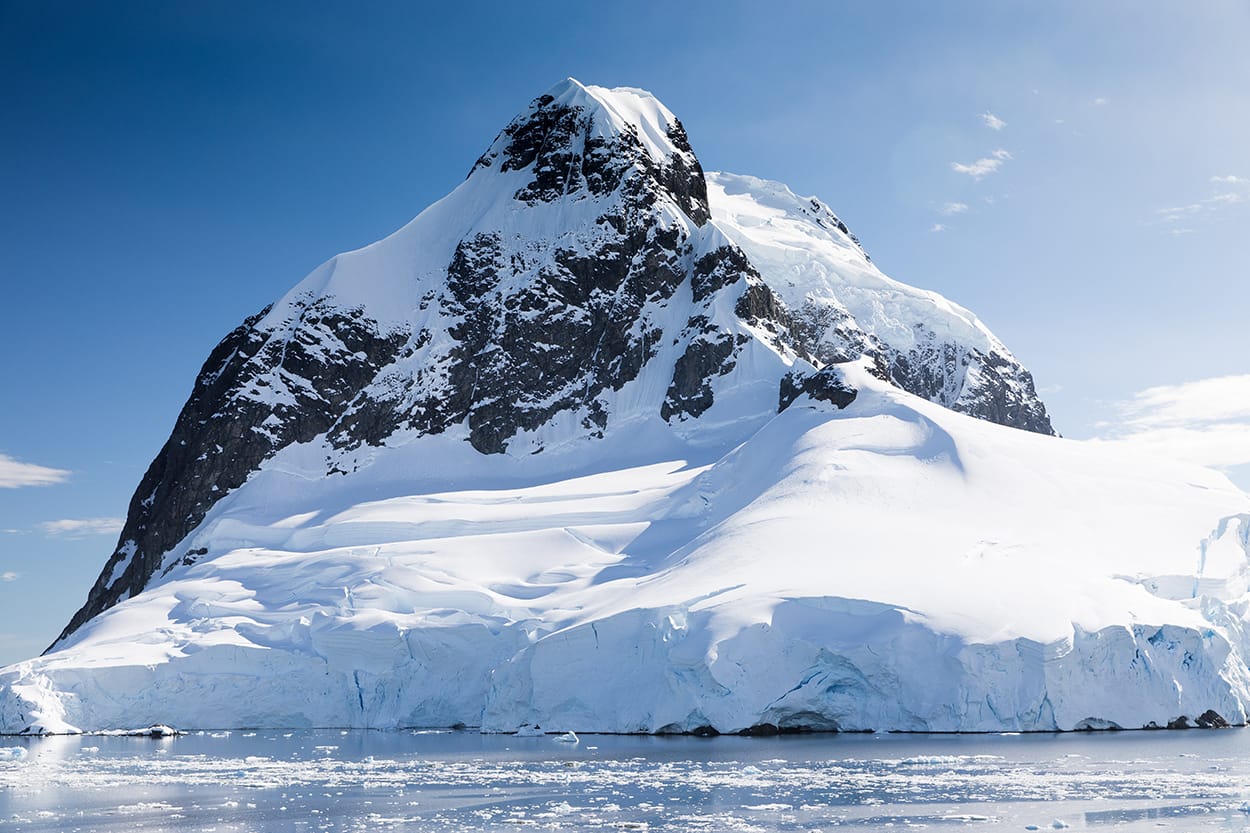
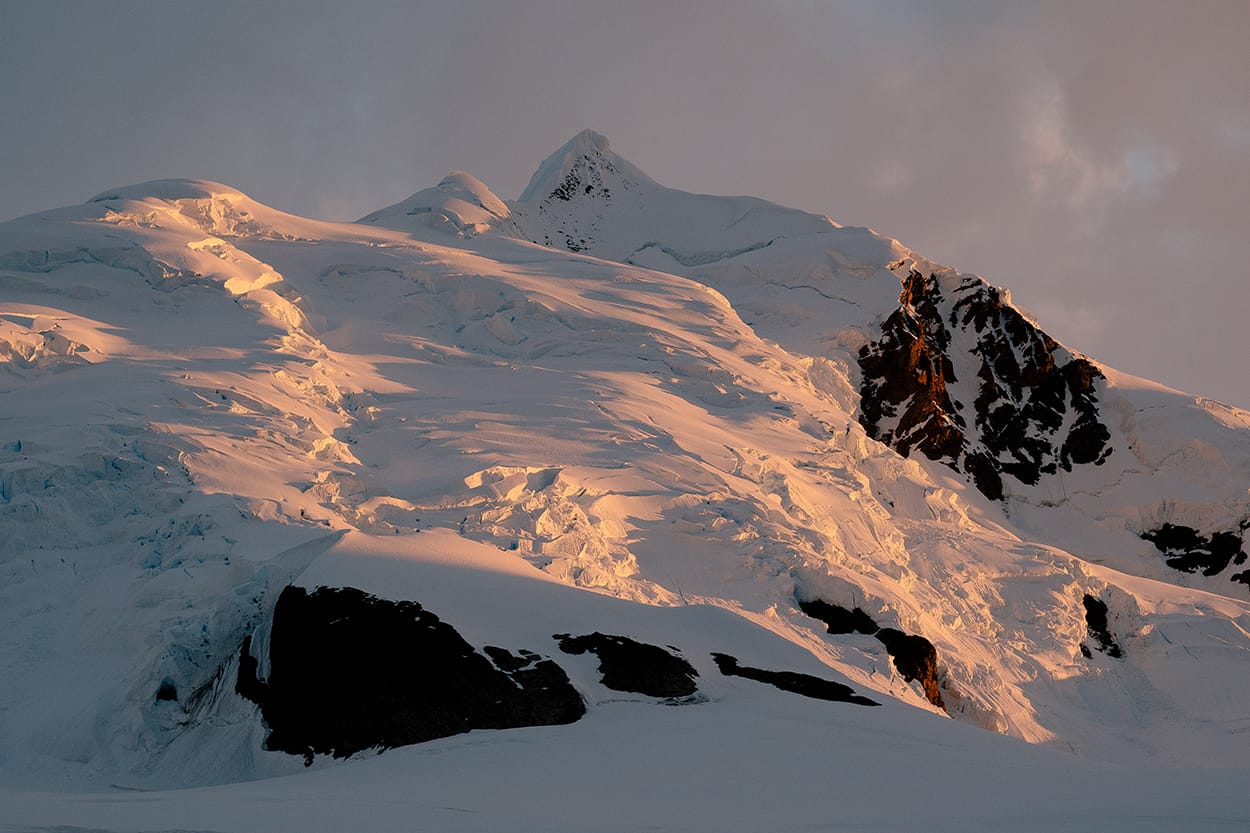
Last but certainly not least, the Lemaire Channel is by the far the Peninsula’s most famous locale. A deep channel with steep, mountain landscape sides, this thoroughfare is regarded as the creme de la creme of Antarctic scenery and rarely disappoints. Whether cruising through here at sunrise, sunset or at midday, the topography makes for stunning light behaviour in any conditions. But as most experienced expedition leaders will tell you; a Lemaire sunrise is perhaps the most special experience a photographer can find in Antarctica.

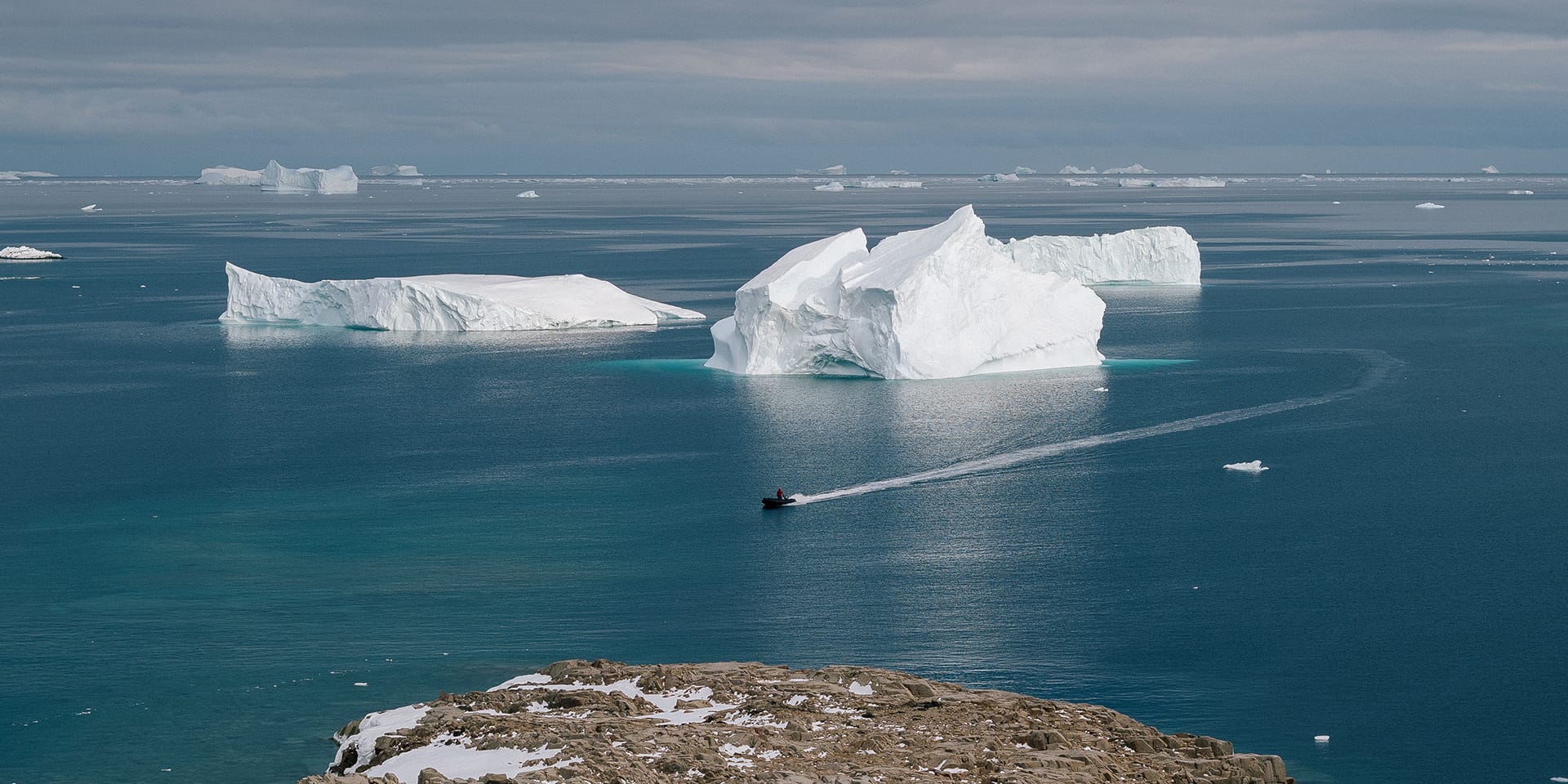

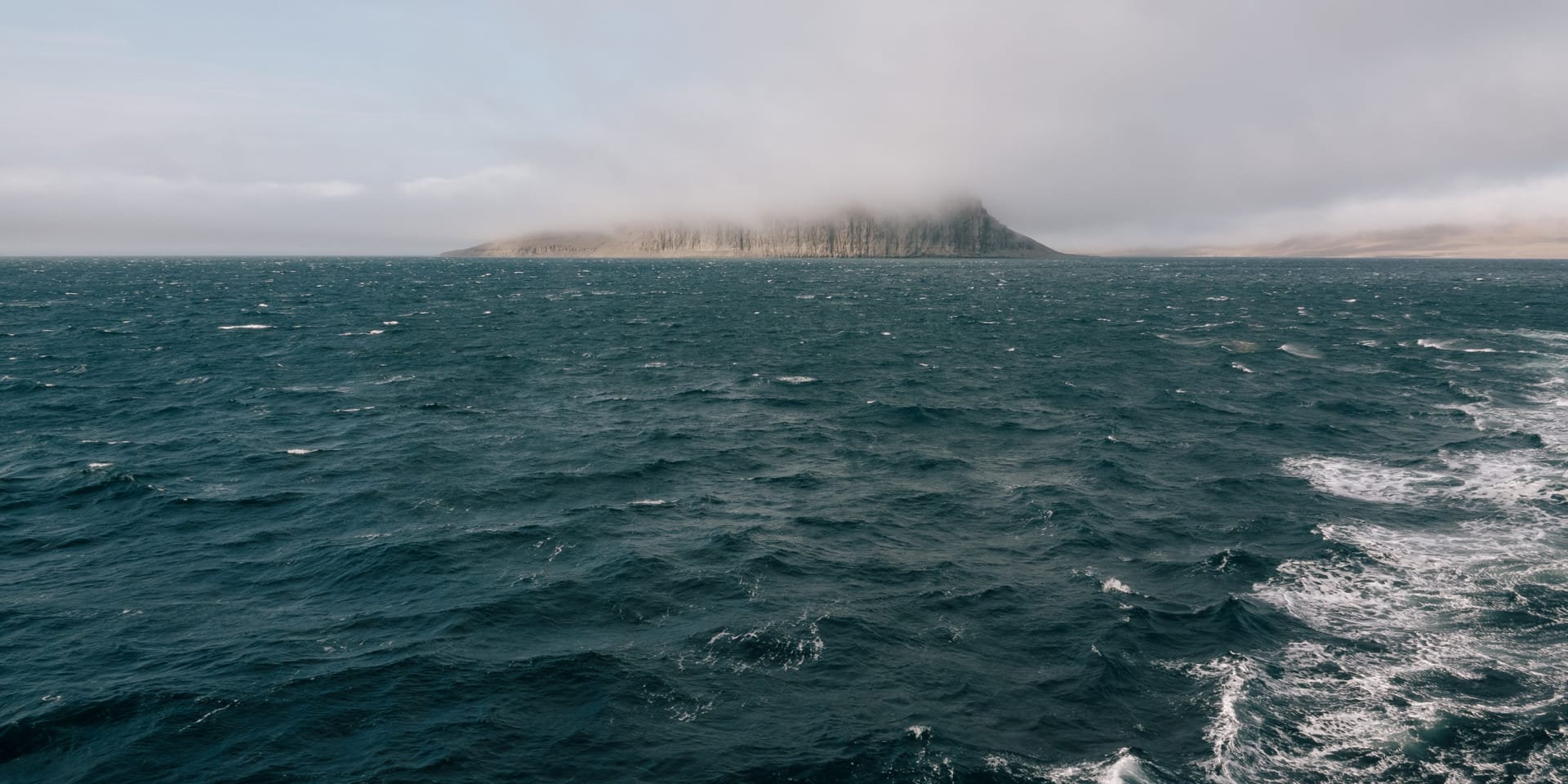
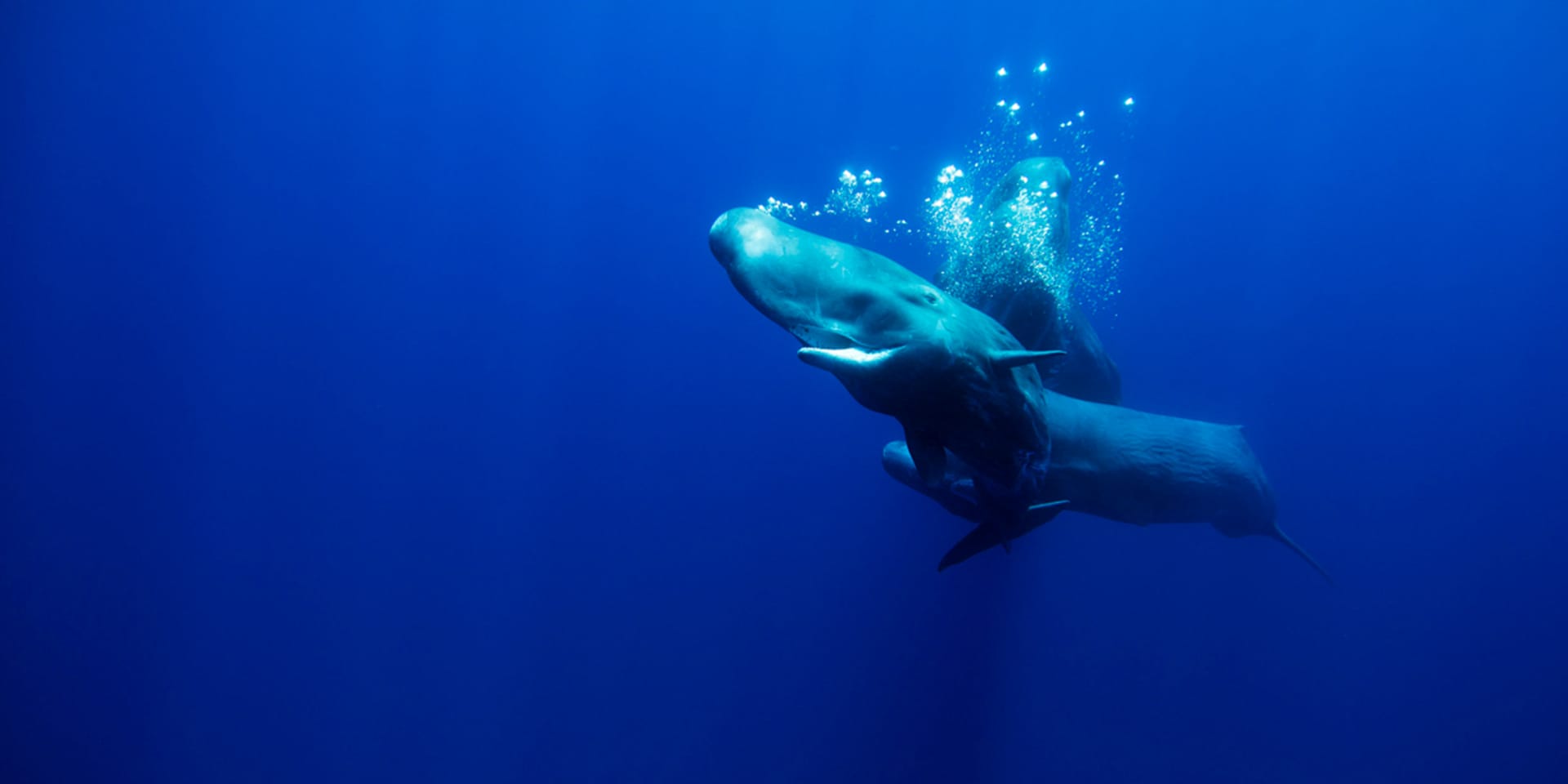
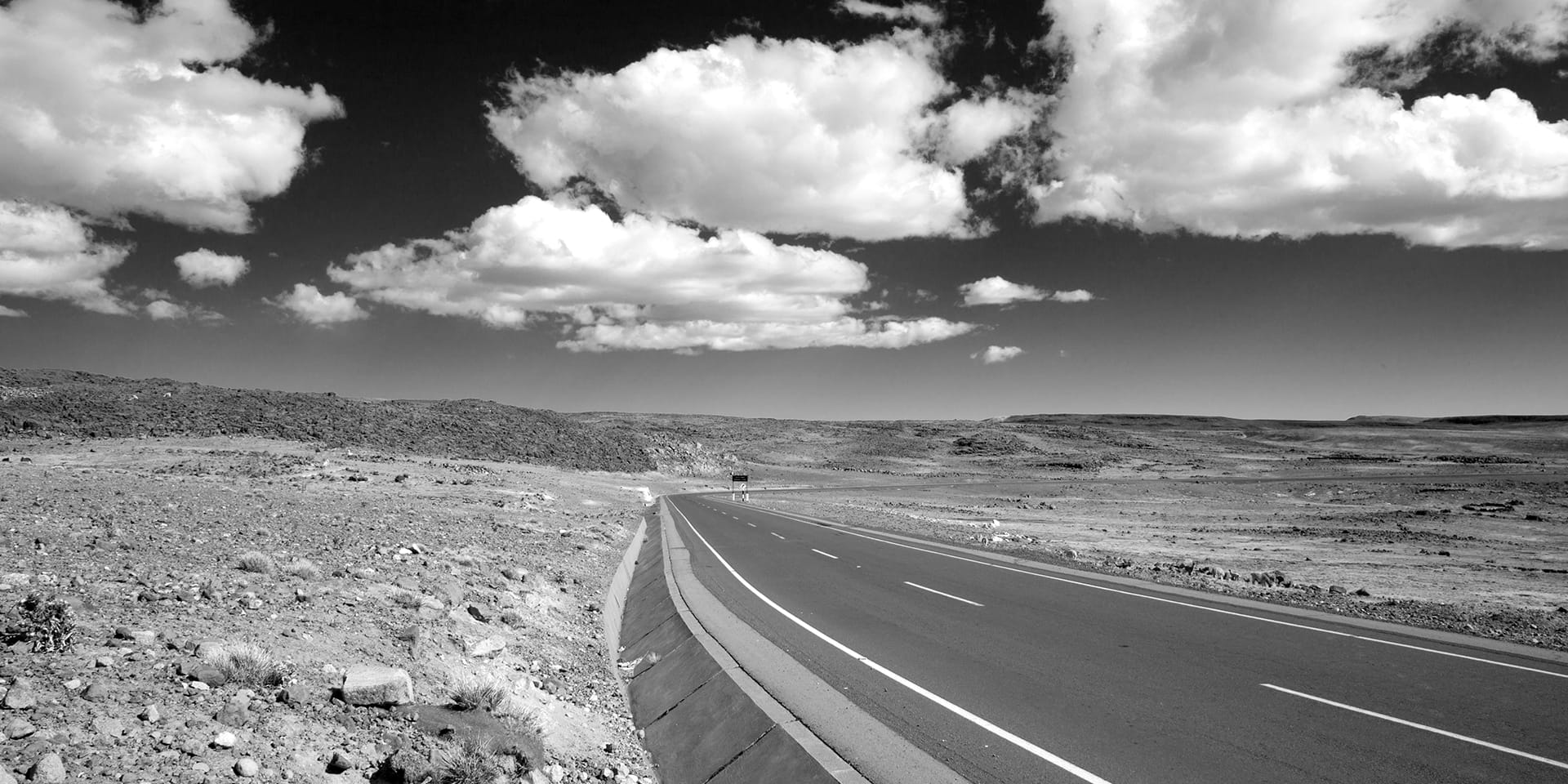
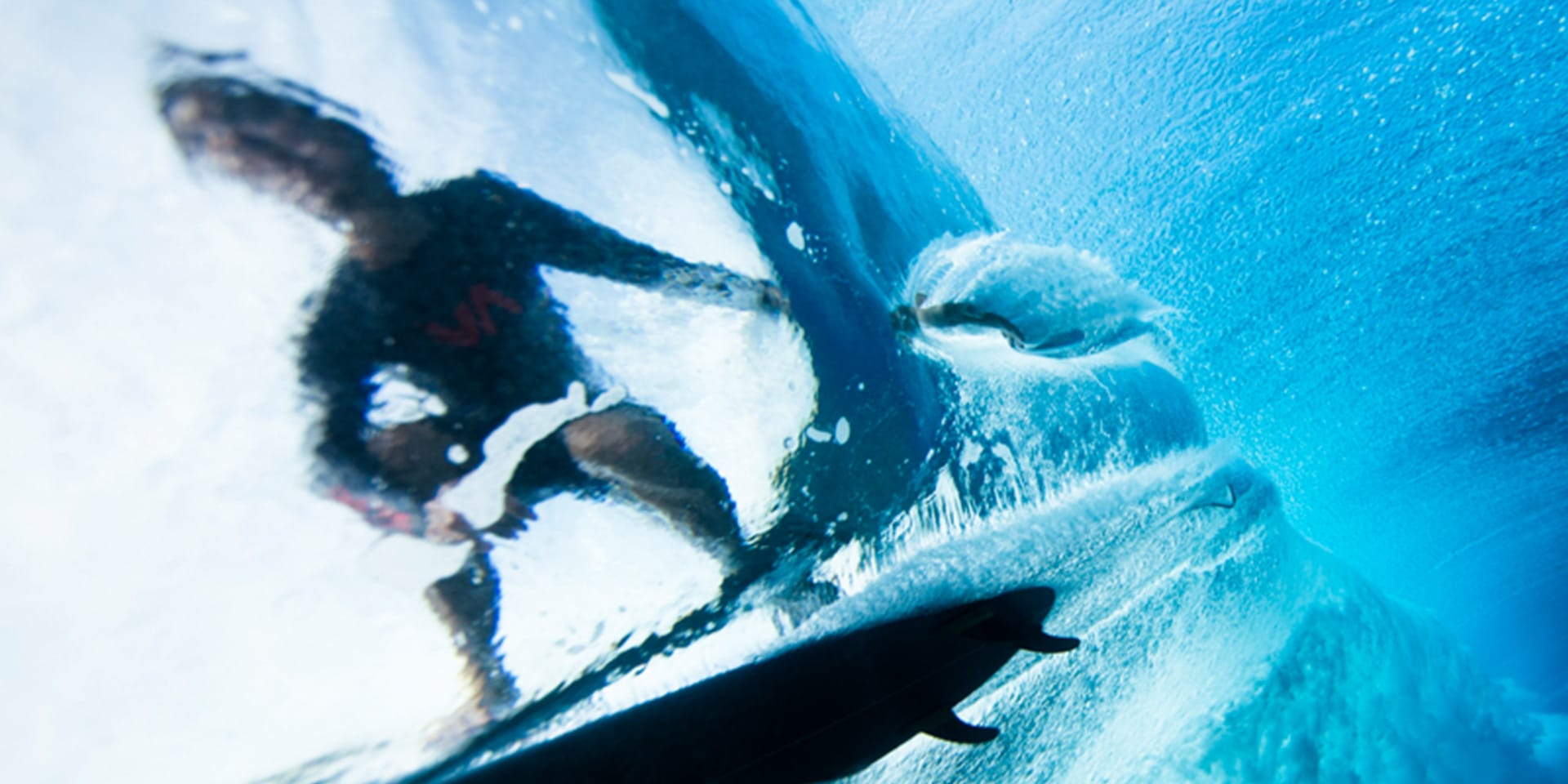
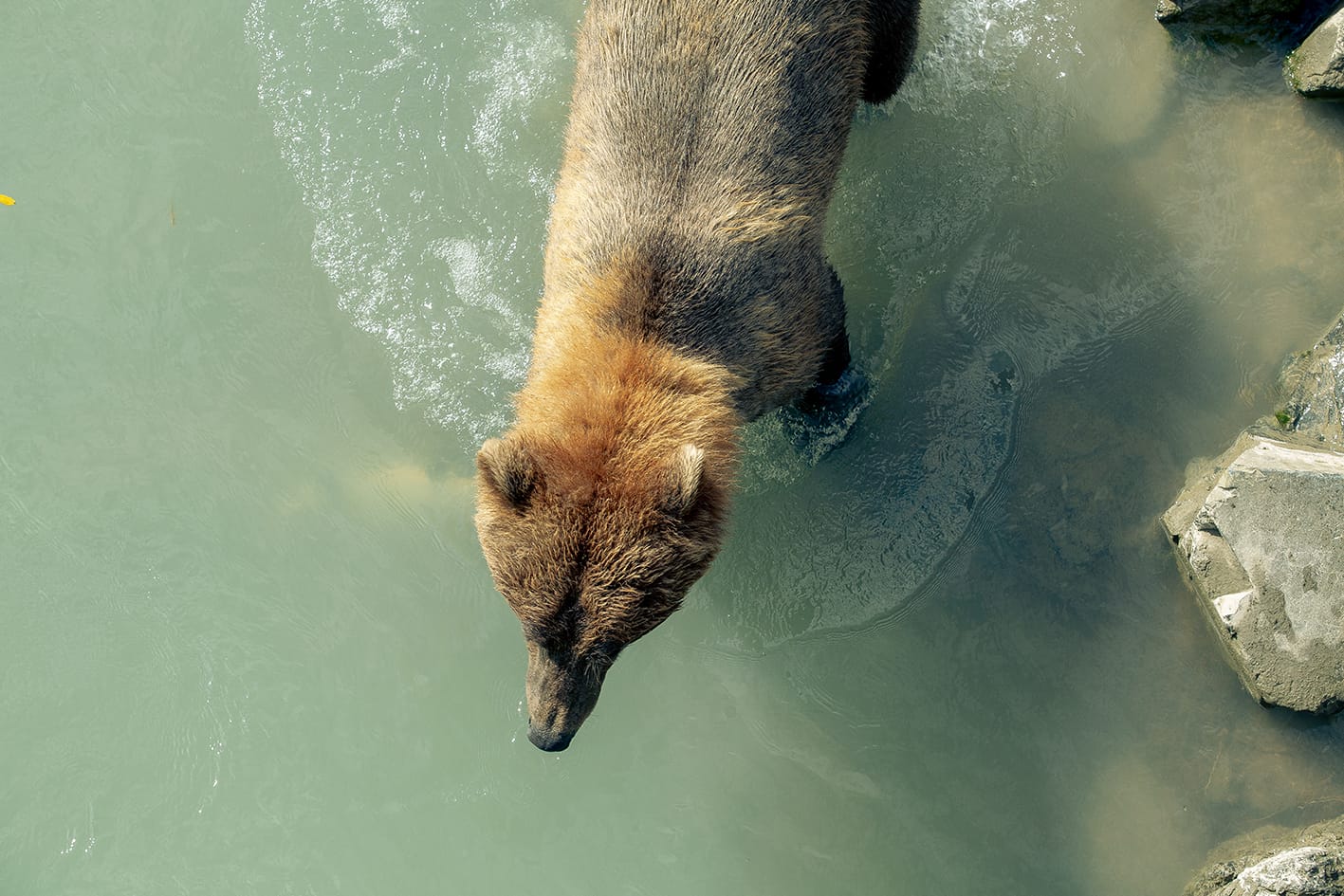
No comment yet, add your voice below!